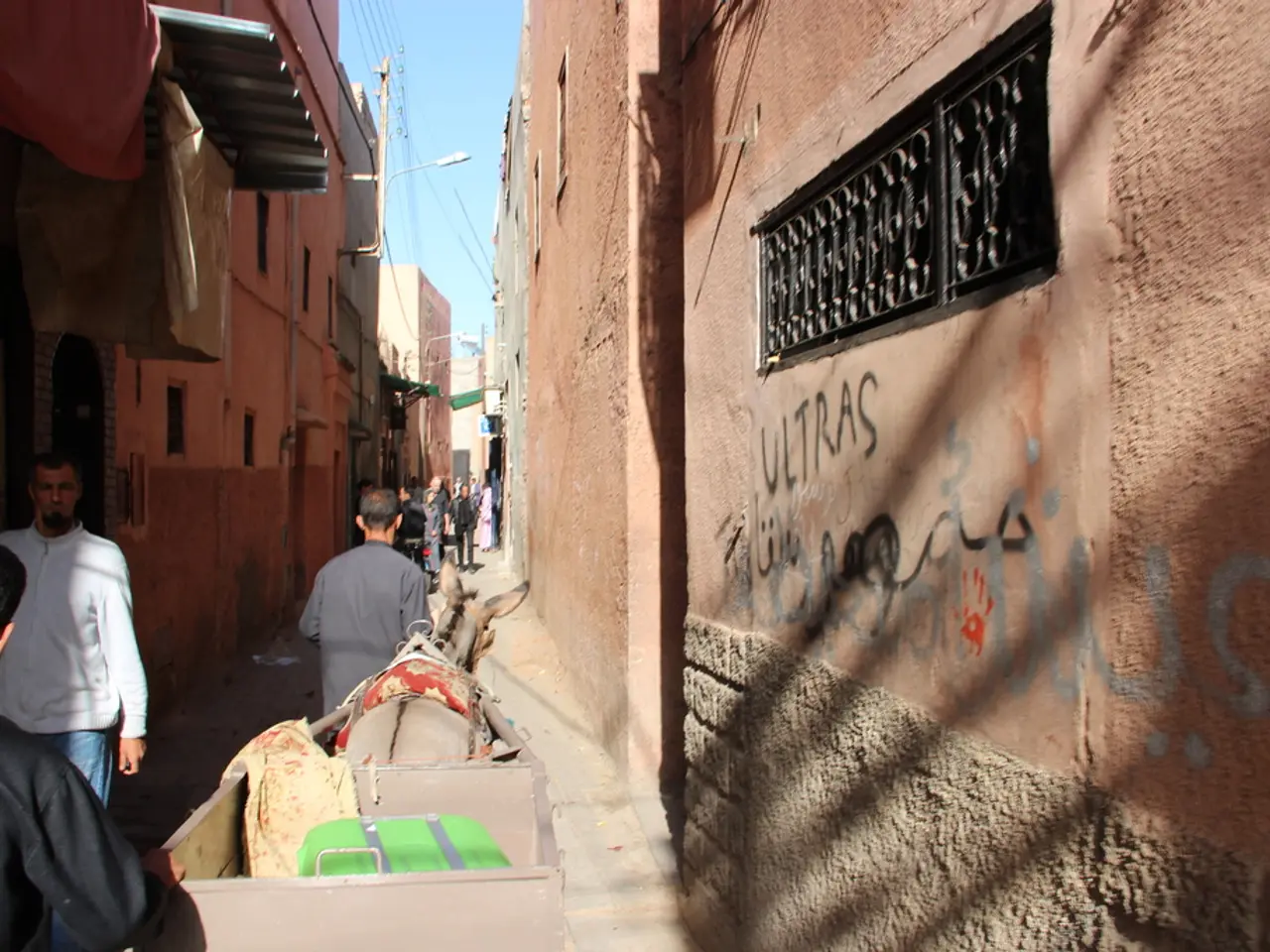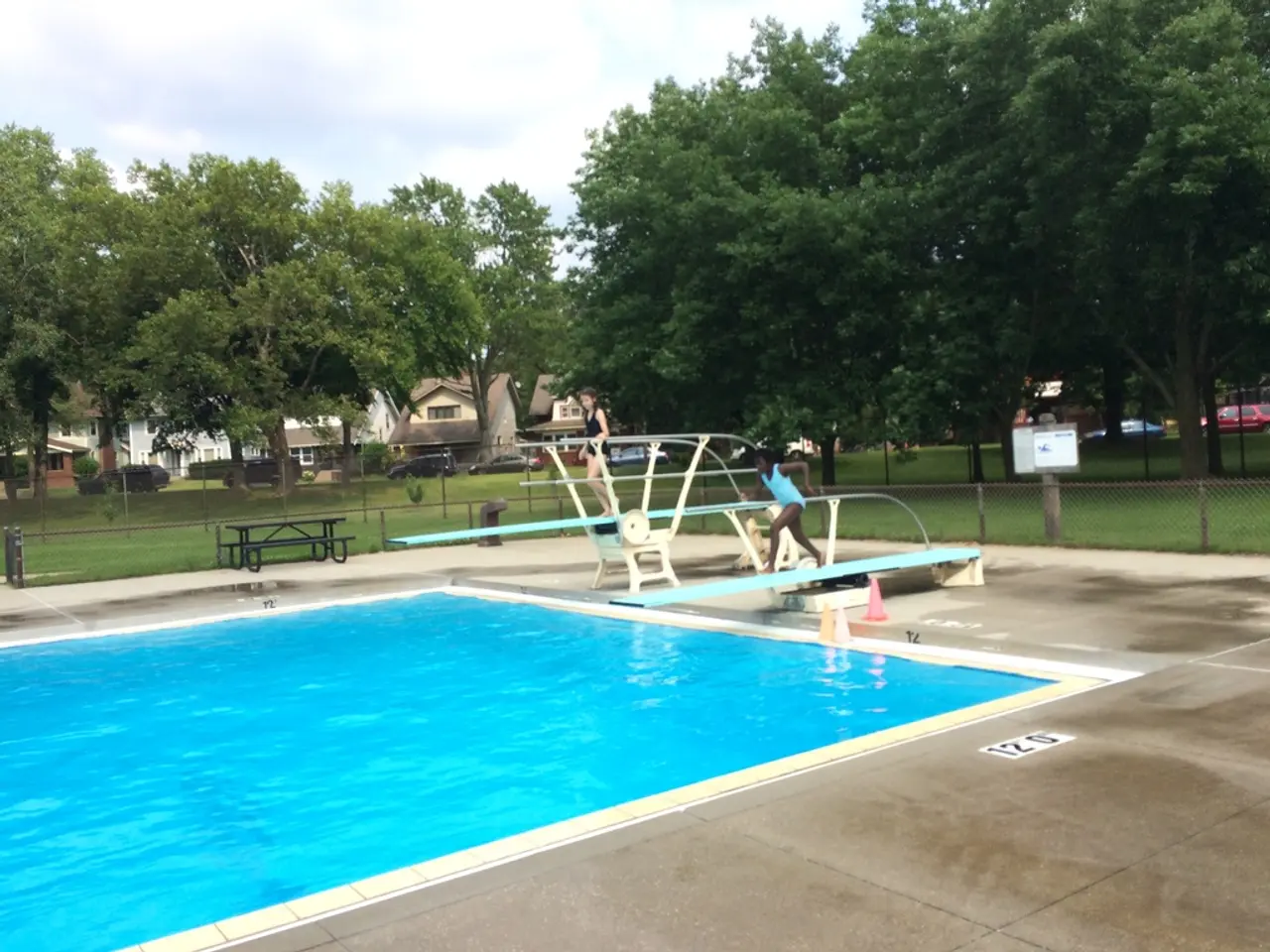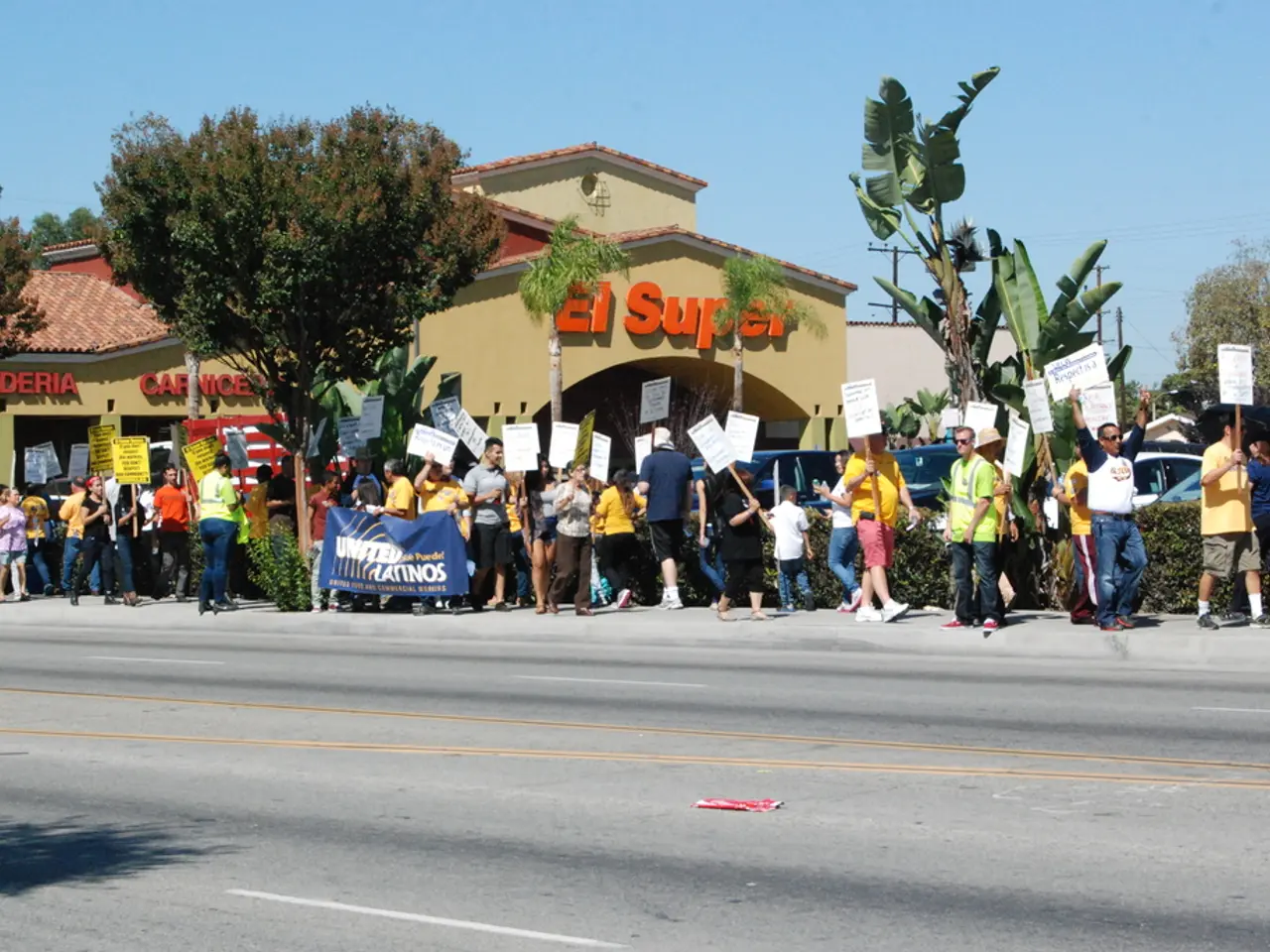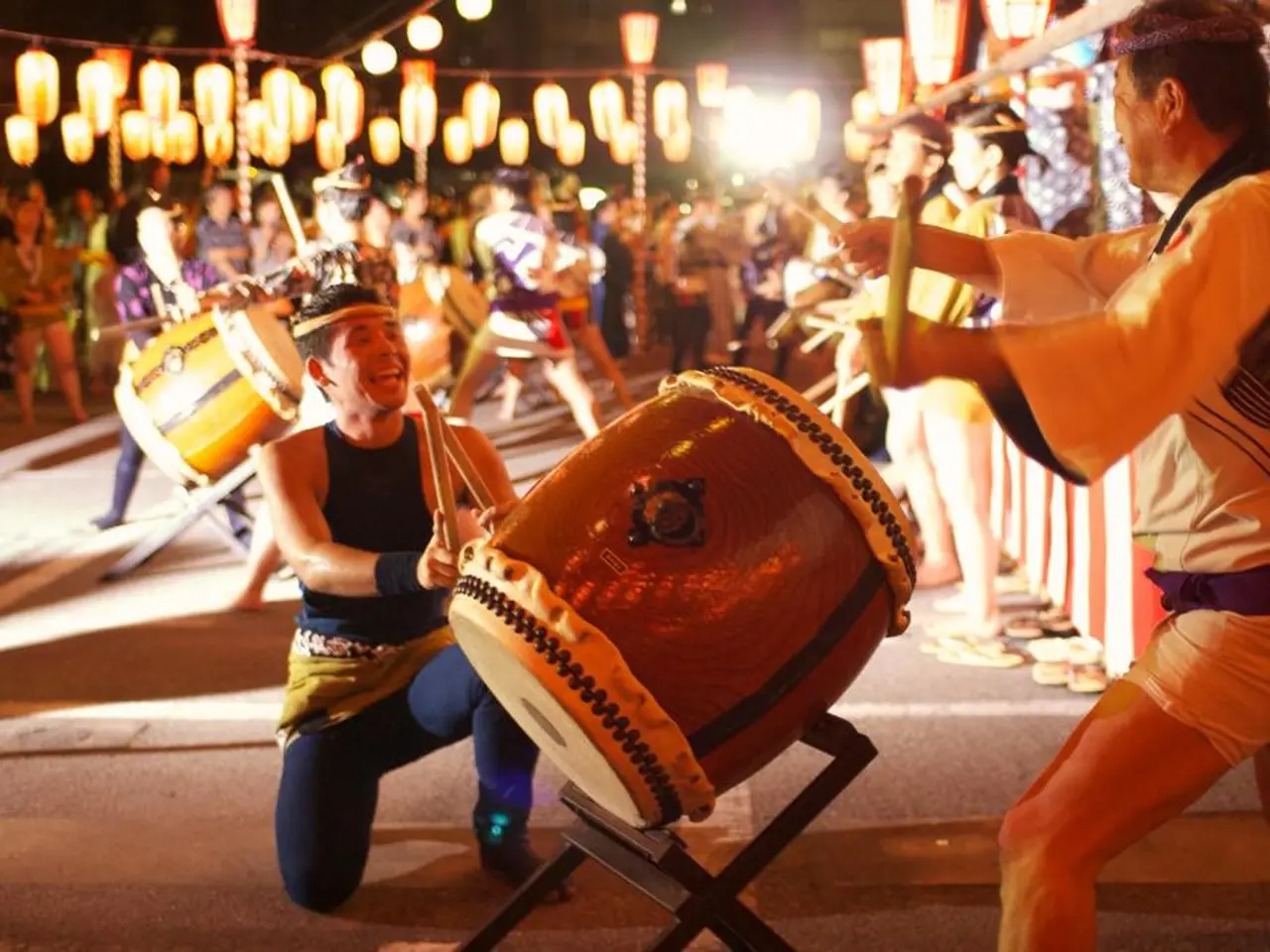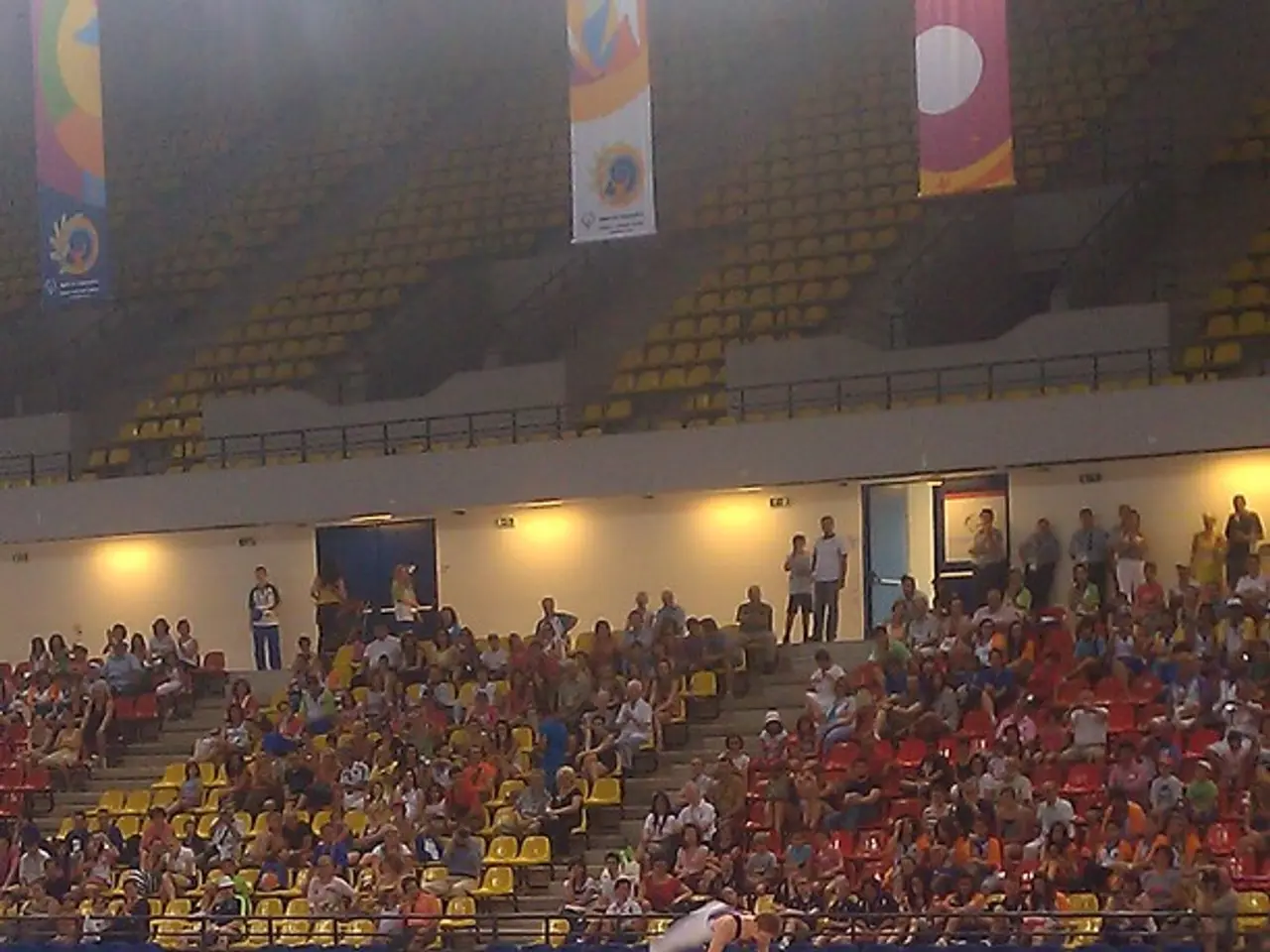Diplomatic Efforts: Malaysia Facilitates Truce between Cambodia and Thailand
Cambodia-Thailand Ceasefire Takes Effect, Ending Months of Conflict
After months of escalating tensions and heavy clashes, a ceasefire between Cambodia and Thailand has finally taken effect at midnight on July 28, 2025. The ceasefire was brokered primarily through mediation by Malaysian Prime Minister Anwar Ibrahim, with significant involvement from U.S. and Chinese envoys.
The conflict, rooted in an unresolved border dispute that has persisted for over 100 years, displaced approximately 200,000 people near the border areas. Around 130,000 of these displaced individuals sought refuge in Thailand alone due to the severity of the clashes, which involved artillery shelling, gunfire exchanges, rocket fire, and Thai airstrikes inside Cambodian territory.
The ceasefire was agreed upon unconditionally by both sides, and discussions about the ceasefire details will occur between the regional commanders on Tuesday morning. However, skirmishes between the two sides continued even during the start of the ceasefire talks on Monday.
The ongoing conflict has led to a substantial need for humanitarian assistance for the affected civilian populations. Cambodia requested an urgent private meeting of the UN Security Council on July 25 to address the conflict and its humanitarian impact. While specific details on international refugee aid requests are not fully outlined in the reports, the displacement scale suggests that substantial aid will be required.
In a joint statement, Catholic bishops Olivier Michel Marie Schmitthaeusler, Pierre Suon Hangly, and Enrique Figaredo Alvargonzález expressed their concern for the displaced families and refugees along the Cambodian-Thai border and requested assistance for them. A local church has also requested aid for the refugees displaced by the conflict.
The ancient temples of Preah Vihear and Ta Krabei, located in the so-called Emerald Triangle, are at the heart of the border dispute. Thailand claims these temples, built by the Khmer Empire in the 11th/12th century, while they are situated on Cambodian territory. A total of 8 soldiers and 14 civilians have been killed in Thailand, with 5 soldiers and 8 civilians killed on the Cambodian side.
As the ceasefire response aimed to avoid a "full-fledged war," it remains fragile given the underlying tensions and military disparities between the two countries. Malaysia will act as the mediator during the presentation of the ceasefire results to the military attachés of Thailand and Cambodia. The discussions about the ceasefire details will occur between the regional commanders on Tuesday morning. Let's hope that this ceasefire will mark the beginning of a peaceful resolution to the long-standing border dispute between Cambodia and Thailand.
[1]: Source 1 [2]: Source 2 [3]: Source 3
- The ceasefire, a welcomed development in the context of war-and-conflicts, comes after months of escalating tensions and clashes between Cambodia and Thailand, as highlighted in Source 1.
- The conflict, deeply entrenched in politics and general news, has displaced approximately 200,000 people and has led to a substantial need for humanitarian assistance, as acknowledged by Source 3.
